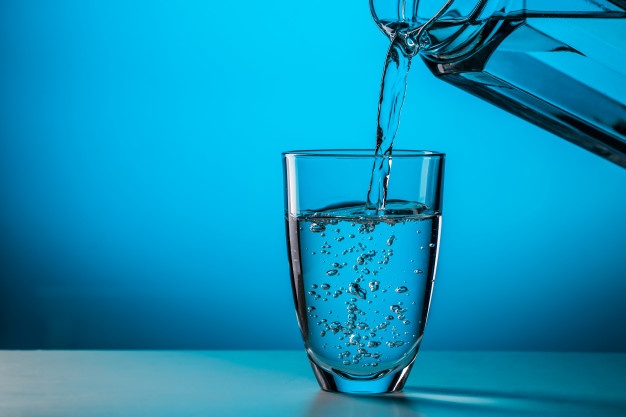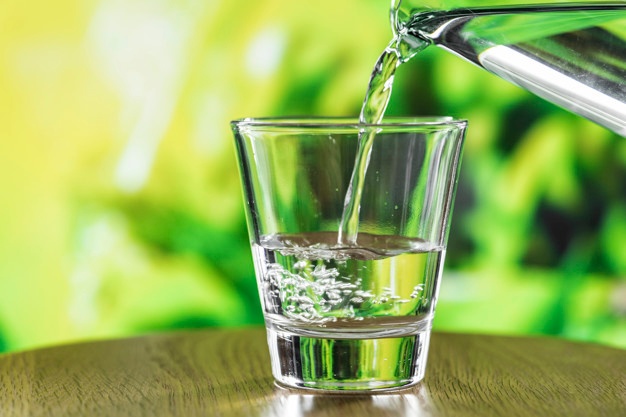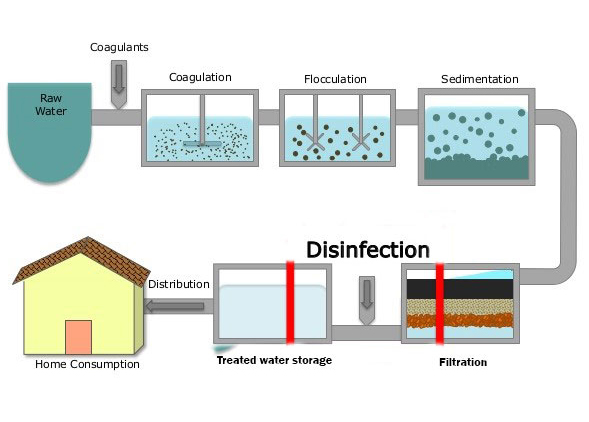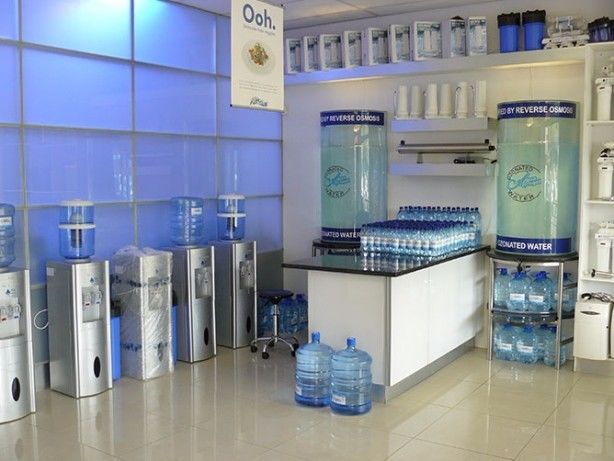Purified water is our final goal to get into your pipes. Water filtered and softened through the process to be prepared for your safe consumption. The purified water contains all the necessary minerals that the body needs. This procedure happens through our high-quality Softener and Sanitizers with 24h services.
Although the term water purification and filtration seem so close, there are some differences between them. In the water filtration process, the focus is on removing impurities such as sand and living organisms through filtering systems. Filtered water coming as the output of this system may look clean, but you need to keep in mind that there would be many chemicals and potential viruses left behind, still making it unsafe to drink. So, we have to enter a new phase of treatment.
Water purification focuses more on removing all impurities from the water, and for that purpose, we have some precise procedures bound with our products. These impurities are threats to the overall safety of the water. Biological contaminants, viruses, chemicals and other unseen materials are examples of it. Purification is often used by adding the chemicals to the water source, passing the water through the resin beads filters, and softening to be prepared for drinking. We provide the best water filters on Vancouver island BC that fit your water source requirements.


From many effective methods of water purification, Reverse osmosis (RO) is the one that uses a partly permeable membrane to remove ions, unwanted molecules and larger particles from drinking water. In this method, an applied pressure is used to overwhelm osmotic pressure. Reverse osmosis can remove many dissolved and suspended chemical species and biological ones from water used in industrial and water production. The result is that the dissolved substance is retained on the membrane's pressurized side, and the pure water is clear to pass to the other side. For a prevention performance, the membrane should not allow large molecules or ions through the holes. Still, it should allow smaller components of the solution, such as water molecules, i.e., Water, H2O, to pass freely.
In the standard osmosis method, the water naturally moves from high-water potential to an area of low water potential through a membrane. The fluid movement's driving force reduces the system's free energy when the diversity in solution focusing on either side of a membrane is reduced. The osmotic pressure is generated due to the solvent moving into the more concentrated solution. Utilizing external pressure to invert the natural flow of pure water, thus, is reverse osmosis. The process is similar to other membrane technology applications.
Reverse osmosis varies from filtration in that the mechanism of fluid flow is by osmosis across a membrane. The useful removal mechanism in membrane filtration is purifying, or size exclusion. The pores are 0.01 micrometres or more extensive, so the process can theoretically achieve perfect efficiency regardless of parameters such as the solution's pressure and concentration. Reverse osmosis instead involves solvent diffusion across a membrane that is either nonporous or uses nanofiltration with pores 0.001 micrometres in size. The useful removal mechanism is from differences in solvability or diffusivity, and the process is subject to pressure, solute concentration, and other conditions. Reverse osmosis is most commonly known for its use in drinking water purification from seawater, removing the salt and other materials from the water particles.
Water softening is another crucial part of the purification. It can be considered as a close procedure for your consumption. Water contains more minerals than ordinary are known as hard waters. Problems are most likely to occur when water is heated. These minerals are usually Magnesium and calcium that cause the problem; this is why the soap wouldn't be dissolved in these waters. Moreover, it can cause clog pipes in your water supply system. They are positively charged ions and need a negative pole to neutralize them and finally reduce the hardness. In these circumstances, the term "Water Softening" makes sense. Water Softening is a technique to remove the ions and make the water soft by connecting a water softener unit directly to the water supply.

The mechanism is to exchange the calcium and magnesium ions in the water with other ions like sodium and potassium. This process can effectively reduce the pipes' fragments and extend the lives of involved devices such as laundry machines; softened water even benefits the body because soft water is kinder to the hair and skin. These softeners can operate in various scenarios; automatic, semi-automatic, or manual. They collect the minerals within their tanks, then flush them away by the drain from time to time. The tanks are cartridges-less and different media can be used to fulfill the softening process. As the hard water flows into the resin beads, the mineral reaction happens.
Usual Operations among softener products include eight cycle phases. The first phase is Water Treatment (Downflow), in which the untreated water is conditioned as it flows through the resin bed and up the riser. Backwash (Upflow) is when the flow is reversed by the control valve, directed down the riser, up through the resin bed and sent to drain. The bed is expanded and debris is flushed to the drain. Regenerant Draw (Downflow) – is where the water passes through the injector, and the regenerant is drawn from the regenerant tank. The regenerant is directed to the resin bed, then Sodium ions displace the hardness ions, and Regenerant draw is completed when the air check closes. Slow Rinse (Downflow) – is the third cycle, water flow moves the regenerant through the resin at a specific rate and rinses to the drain. The resin is regenerated.
Repressurization – fourth Cycle, Pressure is balanced in the valve before continuing the regeneration. Fast Rinse (Downflow) - Cycle number 5, water passes through the resin bed and up through the riser to drain. All remaining regenerant residual is rinsed from the resin bed. second Backwash (Upflow) happens at sixth Cycle. Flow is identical to the Backwash cycle. The resin is reclassified. 2nd Rinse (Downflow) - is the seventh Cycle, Flow is identical to C5 Fast Rinse. The resin bed is rinsed to quality. Regenerant Refill – in the last Cycle, Water is directed to the regenerant tank to create a regenerant for the next regeneration.

Softened water is perfectly safe to drink, and still has all the minerals that our body needs naturally.
Untreated water coming through the pipes ought to pass some stages to reach beverage and food consumption standards. The important thing is to know that you need both filtering and purifying to ensure the water is clean and safe from harmful bacteria that can cause serious illnesses.
Compared to self-service machines at the grocery stores, water goes through one or a maximum of two barriers, which we feel is substandard for purified drinking water. At Coastal Water Store, we perform a multiple filtration process with frequent checkpoints to ensure the water is purified to almost zero PPM (Parts Per Million). The lowest PPM means less contaminant/minerals in the water. To reach almost zero PPM guarantees, high quality purified water, which we stand behind.
Eco-Friendly Solutions:
Installing a purified water system will help reduce the waste of disposable plastic water bottles in our landfills and oceans, which improves the overall Eco- Environment.

Delivery or in Store Pick up:
In the Nanaimo and surrounding areas, we deliver fresh drinking water in sanitized bottles to your home or your business and will bring your empty ones back. For customers who reside further than Nanaimo, drop by our store and purchase your water and decide which size of bottle you prefer. If you have empty bottles, bring them in for exchange for full ones.